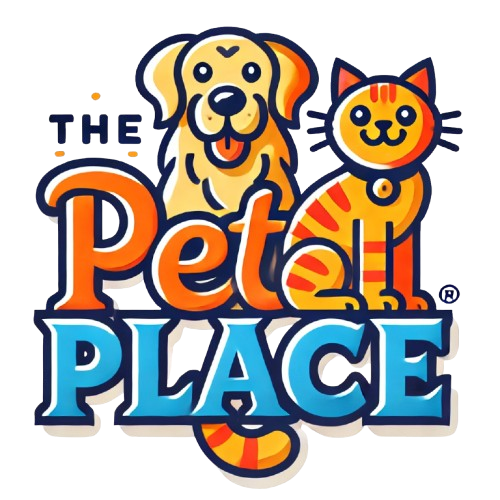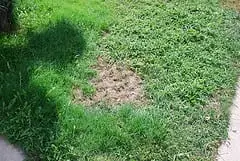Dogs bring joy and companionship to our lives, but they come with certain challenges that can be less than delightful for homeowners. One of the most troubling issues is the unsightly brown spots on the lawn caused by dog urine. These patches not only mar the aesthetic appeal of our yards but can also lead to frustration for pet owners who seek to maintain a healthy, vibrant lawn. In this article, we dive into the science behind urine burns and present various strategies to mitigate their impact without compromising the well-being of our furry friends.
When dogs urinate on grass, the nitrogen contained in their urine can be toxic to it, leading to the characteristic brown patches. Dr. Denise Petryk, a veterinarian, points out that the nitrogen levels in a dog’s urine are primarily derived from the protein-rich diet they consume. As such, a dog that is fed a high-protein diet will typically have higher nitrogen excretion in their urine. This nitrogen overload can wreak havoc on lawns, especially in areas where a dog frequently urinates. Interestingly, not all dog breeds produce the same nitrogen levels, further complicating the problem for enthusiastic pet owners who may not have a clear solution at hand.
Rather than simply pointing the finger at the dog’s diet, it’s essential to consider both dietary and environmental factors that contribute to lawn health. Understanding soil composition, lawn varieties, and watering practices can be the key to achieving a resistant lawn rather than one subject to the whims of dog urination.
Rather than resorting to drastic measures such as changing a dog’s diet to a low-protein option—which could negatively affect the dog’s health—pet owners should consider various strategies to manage urine damage proactively. According to Dr. Petryk, one effective method is to create a specific zone in the yard where dogs can relieve themselves. This can be accomplished with materials such as gravel or mulch, which can endure the nitrogen concentration better without fostering the growth of brown patches.
Another smart practice is to water the grass immediately after your dog urinates. This dilution method is advised by both Dr. Petryk and lawn care experts, as it helps mitigate the nitrogen’s harmful effects on the grass. Additionally, increasing your dog’s water intake can dilute the urine itself. Pet owners might consider adding goodies like ice cubes or diluted juices to their dogs’ water to encourage hydration—although they should be cautious of potential indoor accidents when encouraging increased urination.
Beyond these immediate actions, careful lawn care is essential, and pet owners can benefit from maintaining proper soil pH and employing appropriate grass types. Different breeds of grass possess varying resistances to lawn wear, and understanding this is crucial for long-term lawn stewardship.
While there are many products marketed toward lawn care and dog owners claiming to fix the issue of urine spots, it is crucial to assess their safety carefully. As Bryan Kratz from NaturalLawn of America emphasizes, beware of chemicals that can damage your dog’s delicate paws. It’s important to prioritize the health of your pet over the superficial appearance of your lawn. Indeed, while patches may be unattractive, the consequences of using harsh chemicals on your lawn can have long-lasting effects on your pet’s health.
For dog owners looking for a more holistic approach, one interesting solution emerging in the market is called Dog Rocks. This all-natural product works by filtering impurities—including nitrates—from your dog’s drinking water. However, it’s vital to note that while Dog Rocks may prevent future urine burns, they cannot reverse existing damage to your lawn.
Once brown spots appear on your lawn, recovering it can require both patience and strategic management. Fertilizing areas that have been damaged is counterproductive, as it only enhances the nitrogen levels further, leading to a perpetuation of the problem. Instead, allowing the grass to regenerate naturally over time is often the best course of action. While waiting for grass to recover, limiting your dog’s urination to different areas of the yard will give damaged sections the best chance to revive.
While dog urine can cause significant lawn damage, understanding the science behind it and implementing proactive measures can help pet owners maintain a healthy yard while ensuring their dogs remain happy and well-cared for. A fortunate balance allows both pets and grass to coexist beautifully.


Leave a Reply